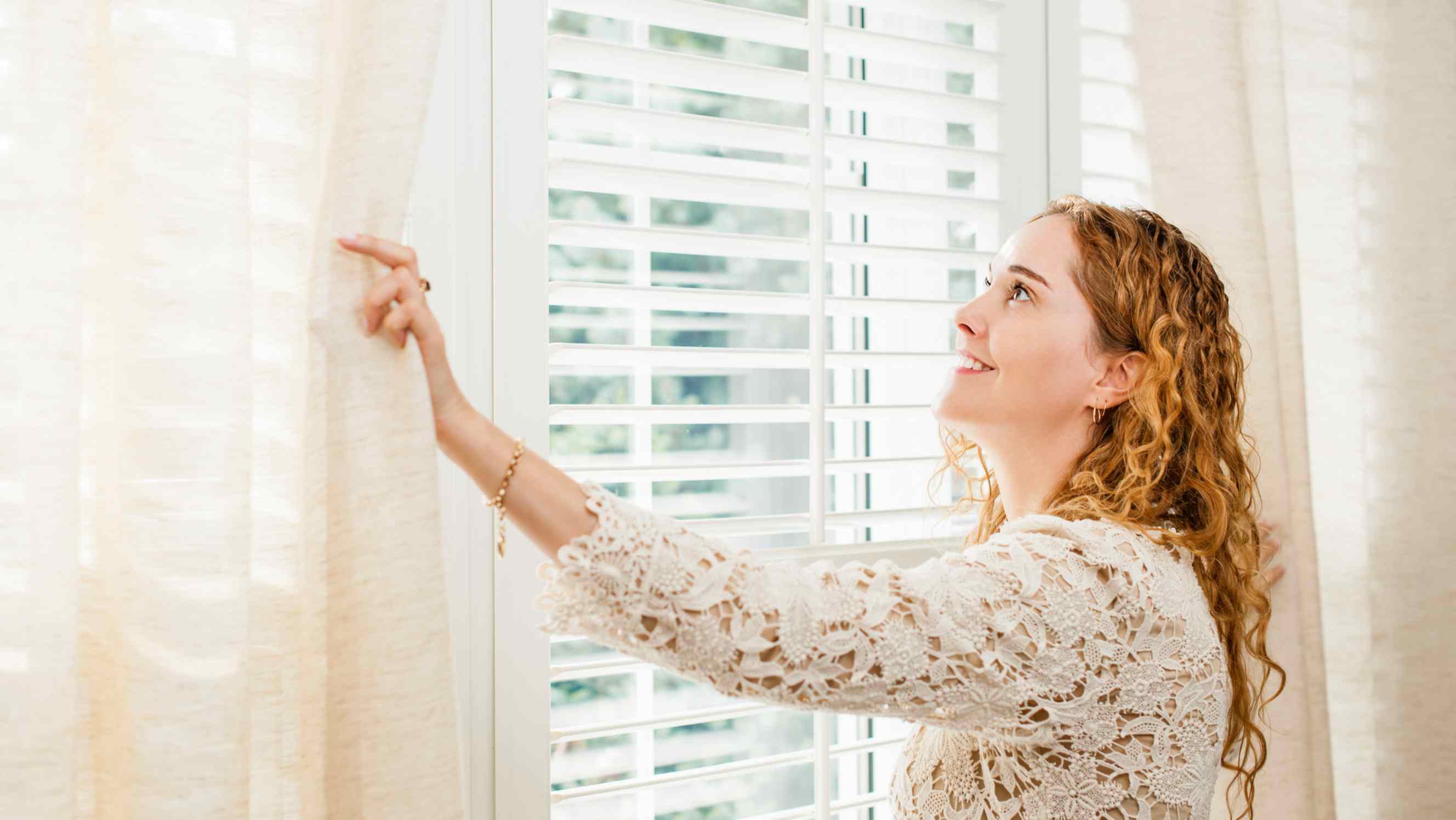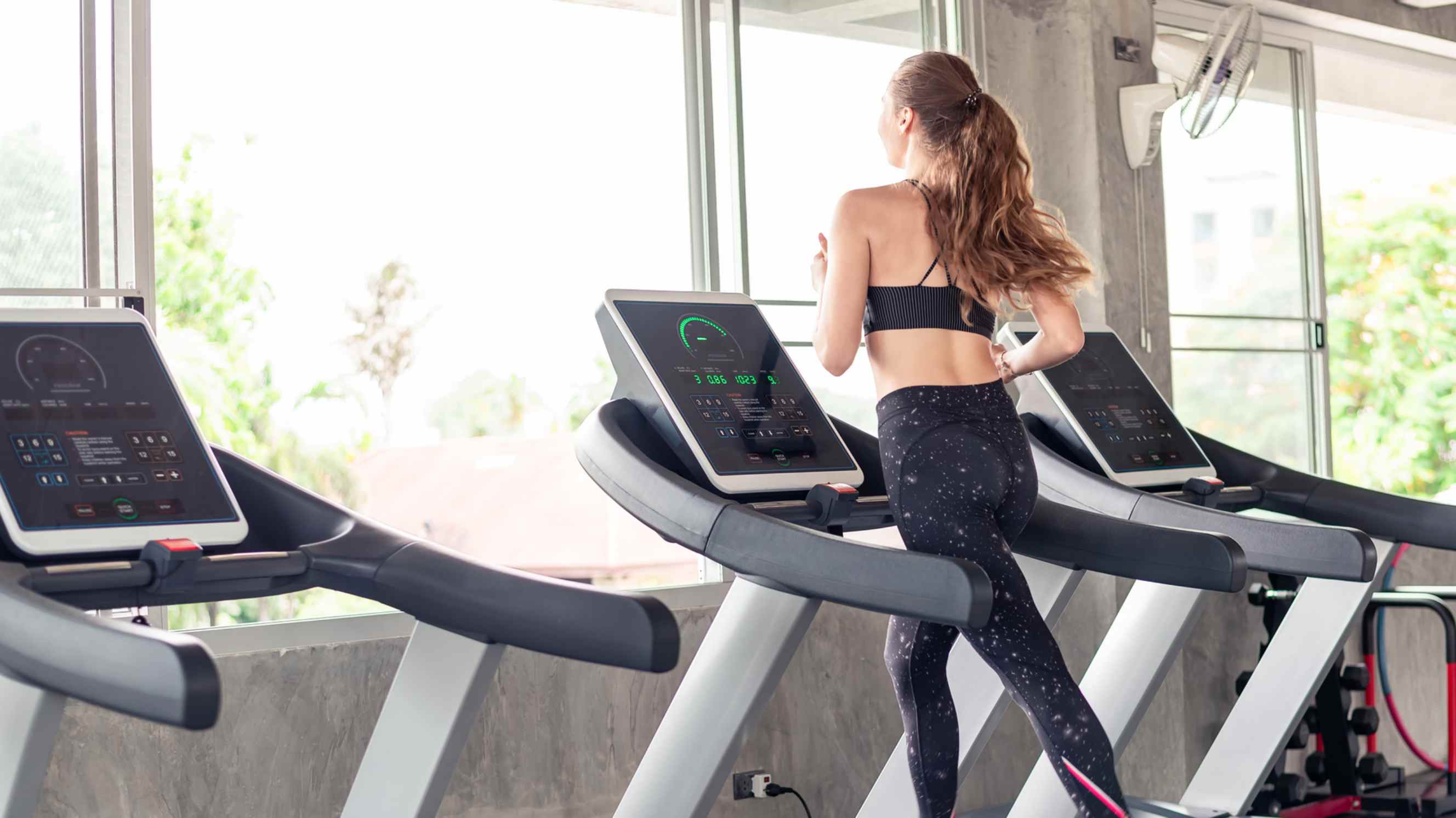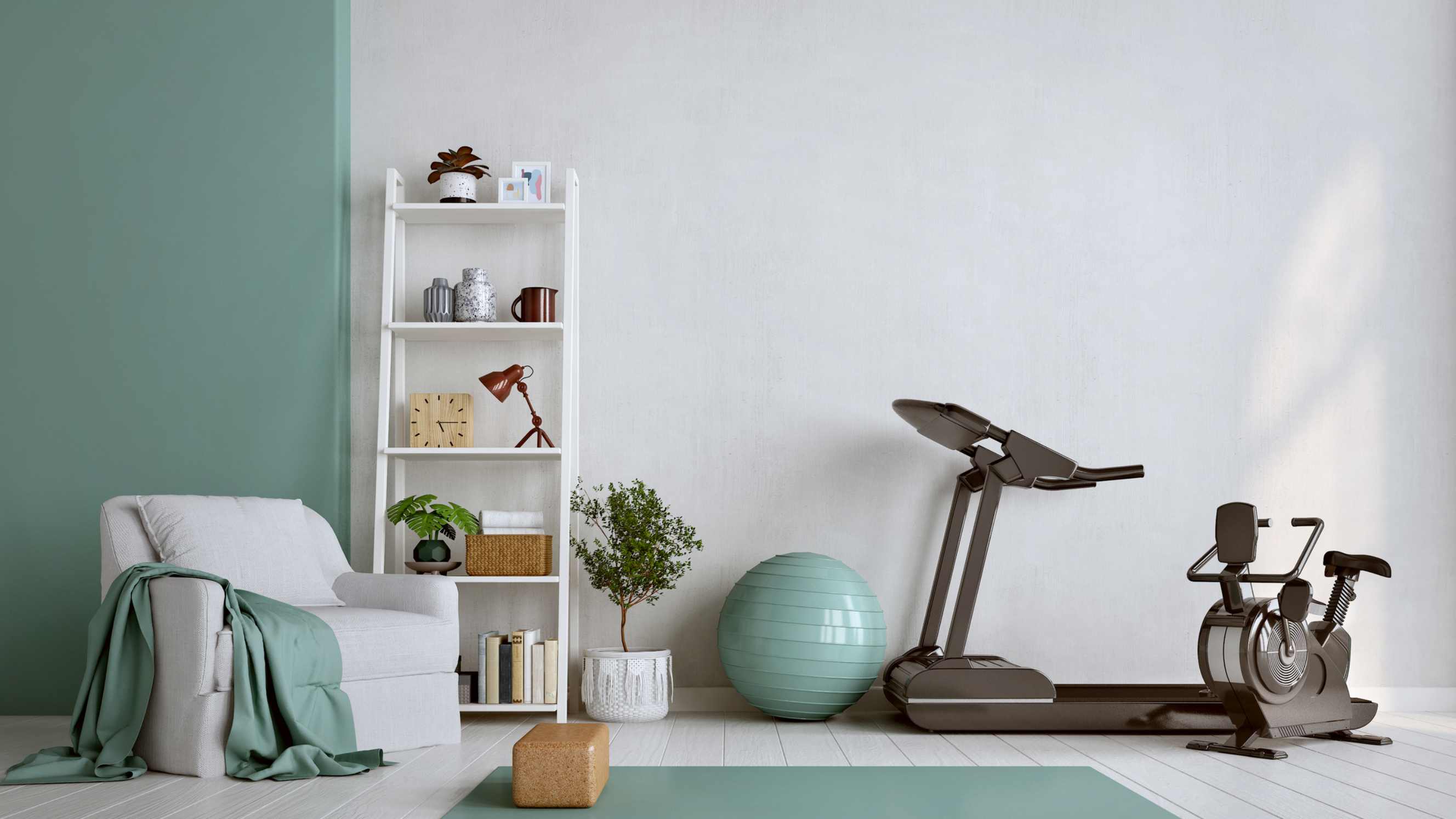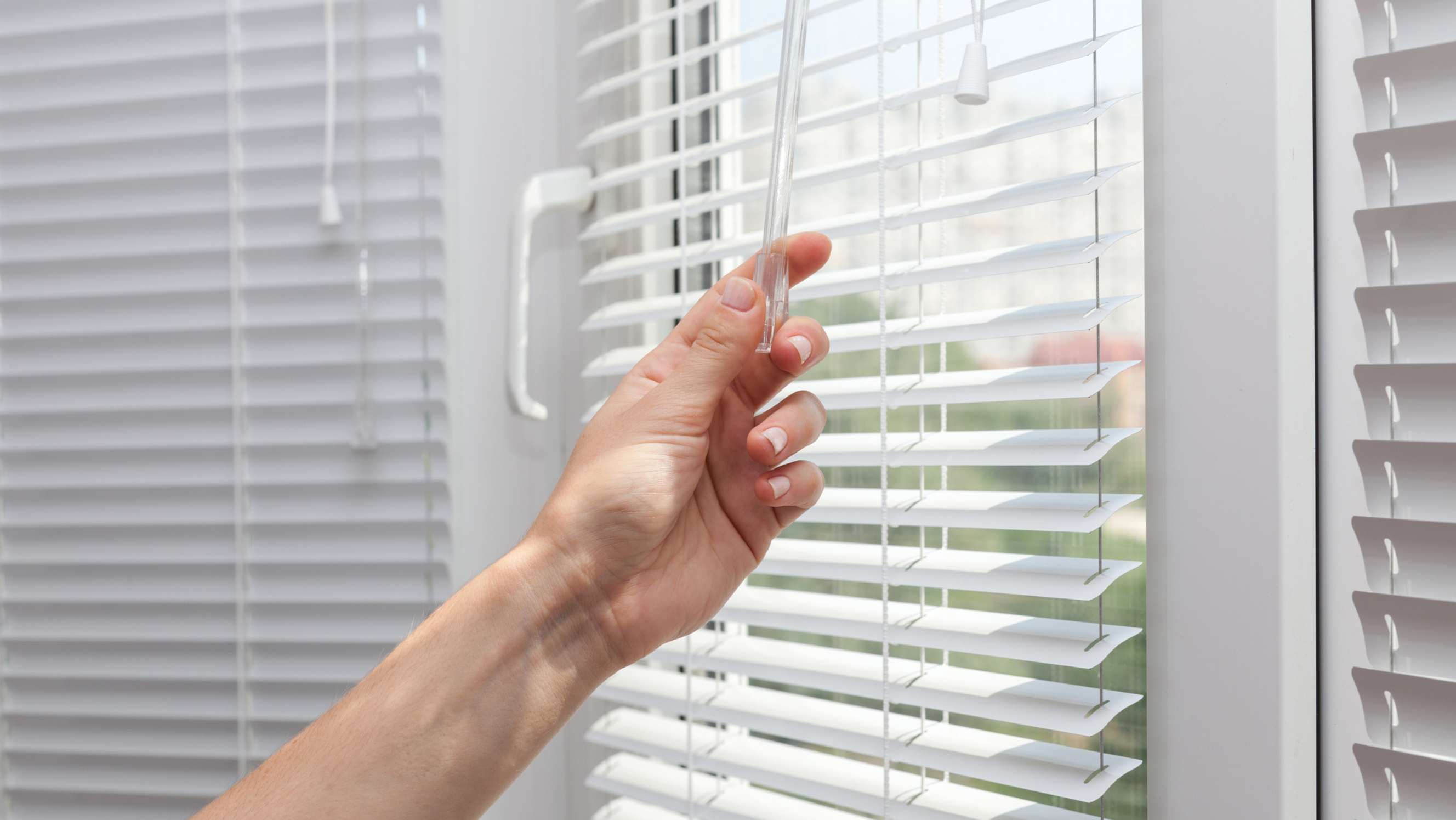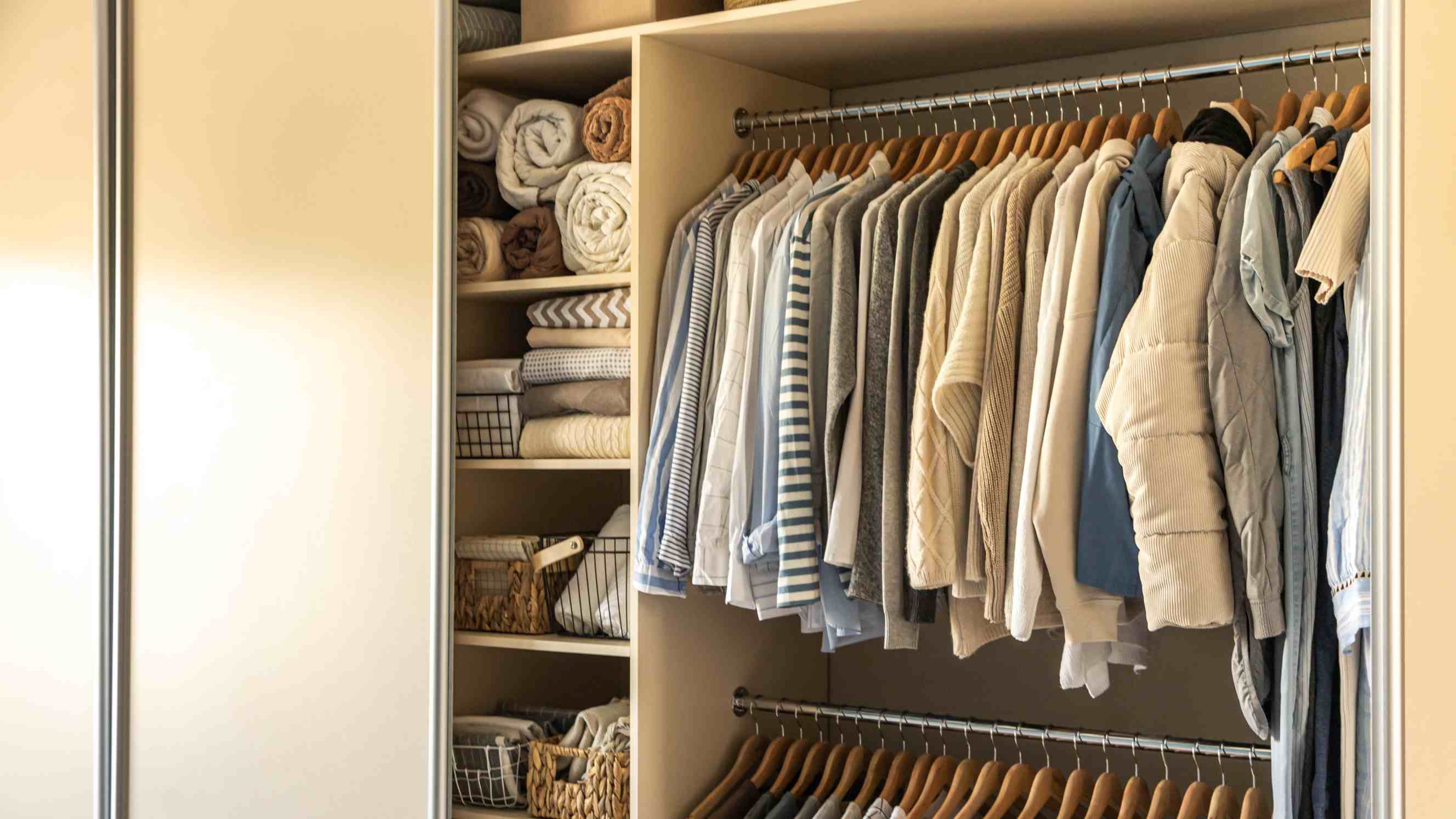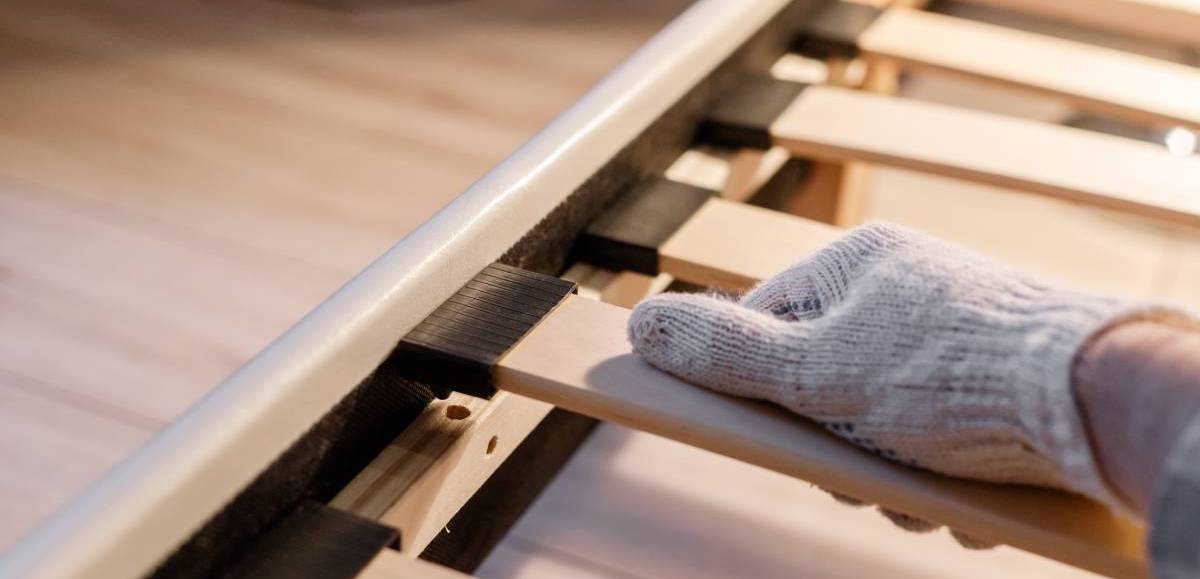- Home/
- Comparisons/
- Assembly/
- Rectangle vs Round Trampoline
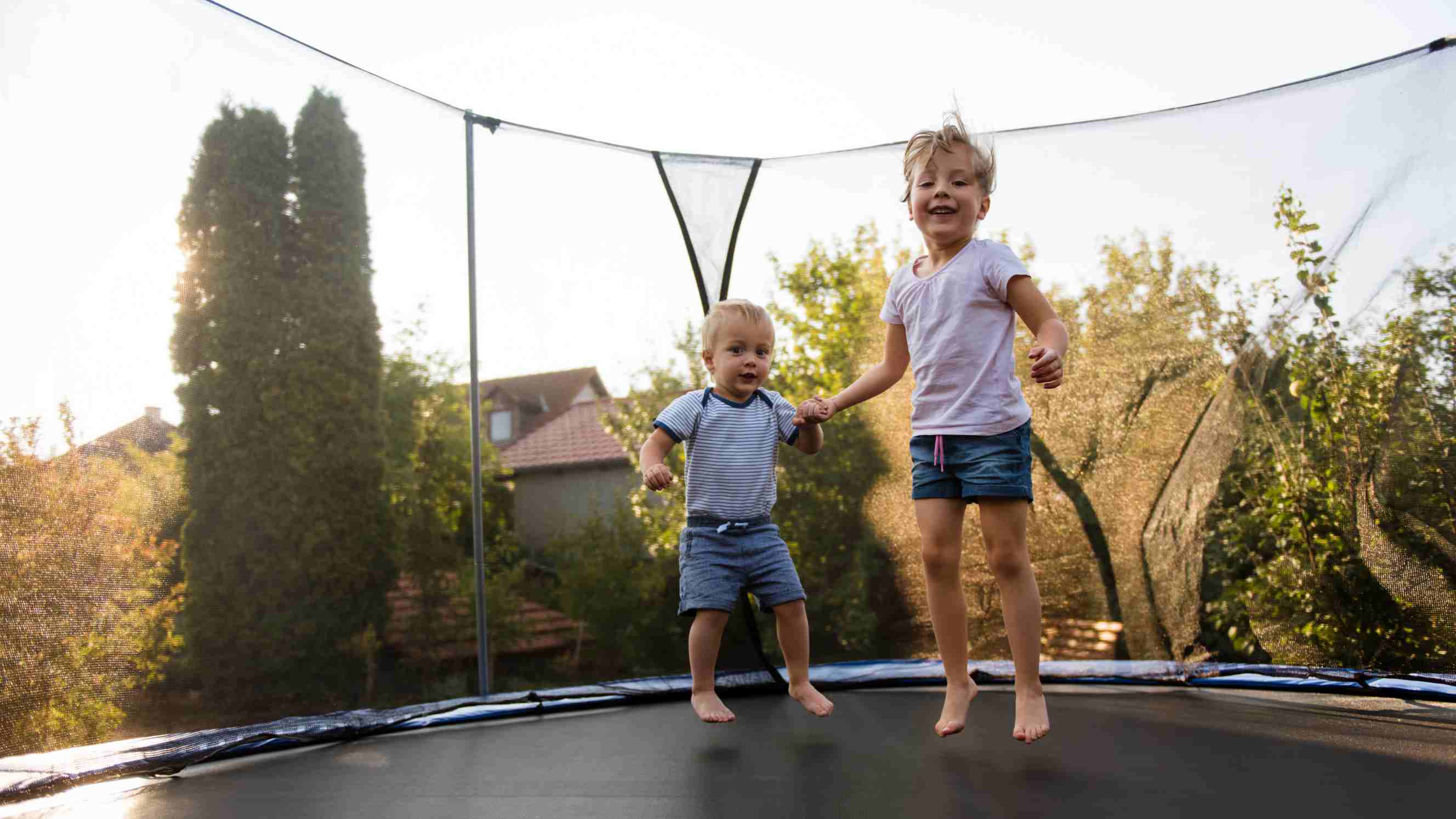
Rectangle vs round trampoline: Which shape is more ideal?
Comparing rectangle and round trampolines based on bouncing experience, space utilisation, assembly process, and more.
Hire a trampoline assemblerPublished on
Key Facts
- A rectangle trampoline is a spring-assisted platform that offers a consistent bounce across the entire surface. It's suited for gymnastics and athletic training.
- A round trampoline is a circular bouncing platform designed for recreational use. It's safer because it naturally guides jumpers back to the centre.
Jumping on a trampoline isn't just fun—it's a full-fledged workout. According to WebMD, trampolining improves muscle strength, cardiovascular health, and balance. Aside from all those, it’s also gentle on your joints.
But when it comes to choosing between a rectangle vs round trampoline, you might find yourself in a bit of a dilemma. You need to match your needs, space, and goals with the right equipment. Understanding the differences between these shapes can make all the difference.
In this guide, we're diving headfirst into these two popular types to help you make an informed decision. Surely, after reading, you'd be able to bring home the right trampoline that suits your lifestyle.
What is a rectangle trampoline?

You might've seen a rectangular trampoline in a gymnastics gym or a professional athlete's training area, and there's a good reason for that. Unlike its round counterparts or the similar square trampoline, a rectangle trampoline is designed to give jumpers a consistent bounce everywhere on its surface.
This feature is super important for athletes and aspiring gymnasts because it means they can practise their flips and tricks with confidence. They know they'll get the same lift whether they're in the centre or near the edge.
That consistent bounce is caused by its rectangular shape and the way the springs are arranged. They work together to create a uniform tension across the mat, which can really take your trampoline skills to the next level.
And while we're talking about taking things to the next level, it's worth mentioning that a rectangle trampoline tends to offer more space for those bounces and manoeuvres. Whether you're performing a complicated gymnastic routine or just want the feel of flying, this shape is your go-to for ultimate performance.
What is a round trampoline?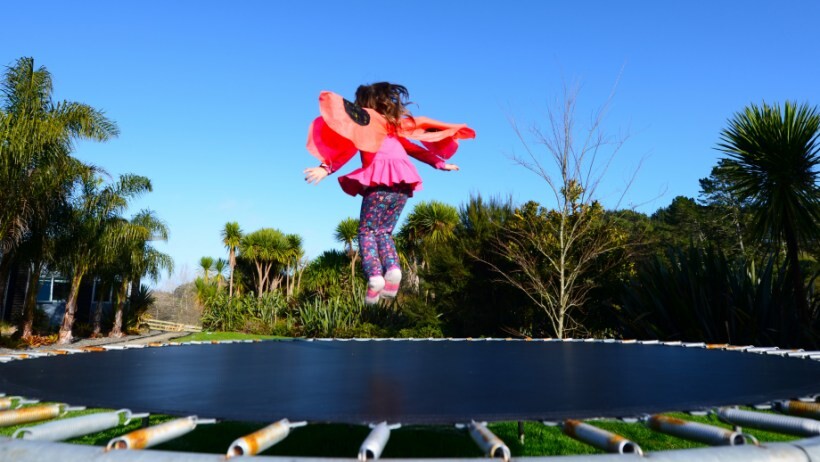
The round trampoline is the type that many of us grew up with. Unlike the rectangular ones designed for athletes, round trampolines are all about recreation. They're crafted to direct the jumper back to the centre, which makes them a safer option for the less experienced.
This design feature also reduces the chances of bouncing off the edge and makes it easier for everyone, especially kids, to enjoy their jump time without as much risk. Plus, the circular shape evenly distributes the force when bouncing, which lessens the wear and tear on the springs and jumping mat over time.
If you're looking for something that'll fit nicely in your backyard and bring endless fun to family gatherings, a round trampoline might just be your perfect match.
Round vs rectangle trampoline: What's the better shape for bouncing?
When you're deciding on the perfect trampoline for your house or outdoor space, you'd obviously want to make sure that the shape will also fit your family's needs and bouncing goals. That's why we're going to break down the key differences between these two and look at safety, performance, and space considerations.
In terms of bouncing experience
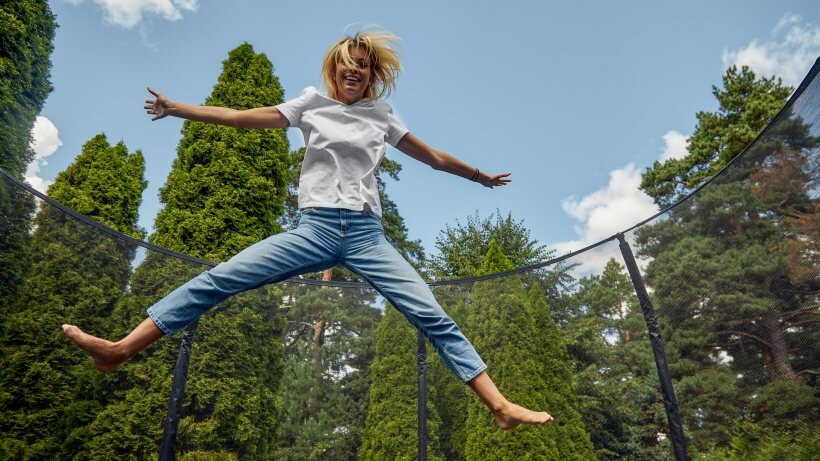
When it comes to bouncy trampolines, rectangular ones have the edge of providing a more powerful lift. That's because they offer a surface that responds with more force when you jump. This makes them the go-to choice for anyone looking to perform tricks or enhance their gymnastic skills.
On the other hand, round trampolines are known for their softer bounce. They're built to direct jumpers back to the centre, reducing the likelihood of rough landings or accidental exits. This feature makes them ideal for families, especially those with younger kids just looking to have a good time.
In terms of space utilisation
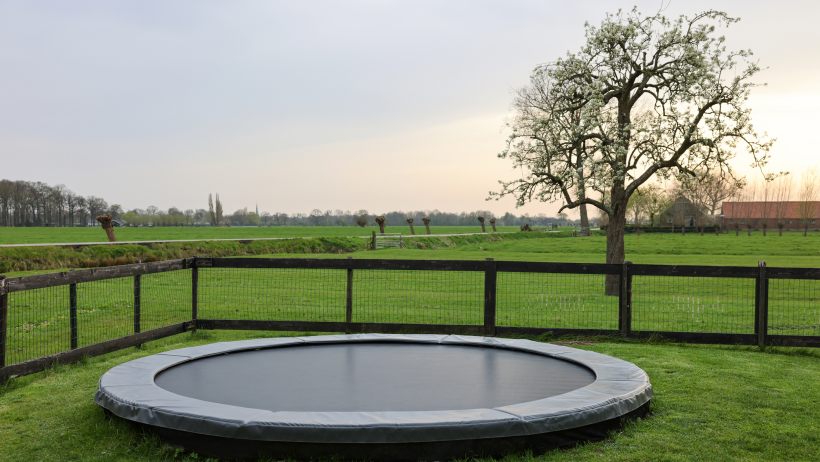
If you're considering bigger projects like deck renovation or enhancing your outdoors' overall aesthetics, you'll find that trampoline size comparison is a crucial starting point before making a purchase decision. After all, you wouldn't want to invest in something that just wouldn't fit in your house.
For instance, a large rectangle trampoline typically requires a more dedicated area due to its shape and size. You’ll find that it doesn't tuck away as easily into a corner of the yard compared to its round counterparts. However, it's a fantastic choice if you’ve got the room and are aiming for that professional gymnastic vibe at home.
On the flip side, a small rectangle trampoline offers a bit more flexibility if you're tight on space. It still provides that enhanced bouncing experience but in a more compact form. This makes it a smart pick for smaller gardens or spaces.
Don't forget about round trampolines, though. They're incredibly accommodating when it comes to fitting into various yard shapes and sizes. Thanks to their ability to nestle into corners, they can be added to almost any landscape.
In terms of safety
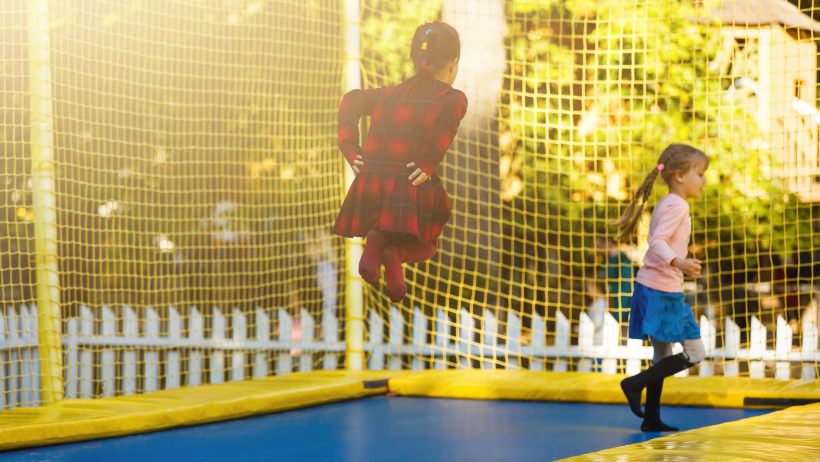
As mentioned above, rectangular trampolines cater better to gymnastic jumps, giving a more consistent bounce across the surface. However, they can be a bit more dangerous for inexperienced jumpers. A rectangle trampoline with a net enclosure is the safest option for this style.
Round ones, on the other hand, are generally seen as safer for casual use, making them ideal trampolines for kids. Since they naturally take the jumper to the centre, they reduce the risk of bouncing off to the sides. Plus, the circular design can limit high-flying antics and minimise accidents.
If you're in the market for something that aligns with tighter safety protocols, consider oval or octagonal trampolines. These shapes combine the broader space of rectangle trampolines with the centre-focused bounce of round models. It's a nice middle ground, offering the space for those flips and somersaults while keeping things a bit more controlled.
In terms of versatility

When it comes to flexibility, rectangle trampolines take the cake. They're perfect for gymnastics enthusiasts who need room for flips and somersaults. They're also appropriate for larger groups or families, granted that there's a net enclosure.
Round trampolines aren't far behind, either. They're ideal for families looking for a fun and safe way to burn some energy. Plus, they fit more easily into smaller spaces, making them a go-to for many homeowners.
But how much weight can a trampoline hold? The weight limit dictates who can use the trampoline, so it's an important factor to consider. In general, most trampolines can hold anywhere from 200-300 pounds, with some models able to accommodate up to 400 pounds.
In terms of the assembly process
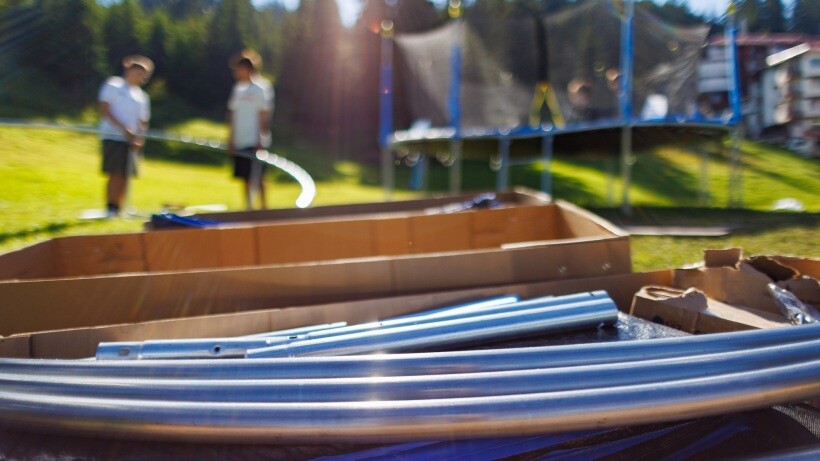
When it's time to put it all together, rectangle trampolines can be a bit of a puzzle. They often have more parts and require a bit more elbow grease to set up. You'll need to allocate a few more minutes, or even hours, to piecing them together compared to their round counterparts.
Round trampolines are usually simpler to assemble. Their design is straightforward, making the process less complicated. You're looking at a quicker setup time so kids can start jumping their hearts out sooner rather than later.
It's also worth noting that regardless of shape, having professional help can make the assembly process much smoother. Experts know what they’re doing, so hiring them can cut down on the time and frustration often associated with assembly.
In terms of cost
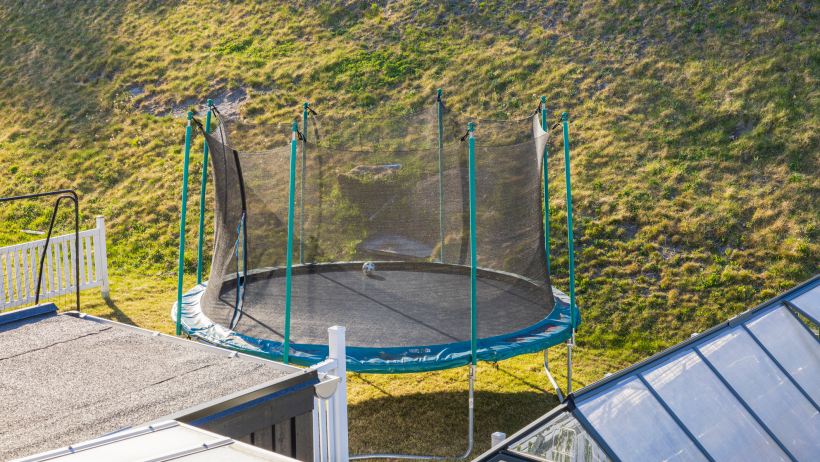
Rectangle trampolines tend to be pricier, with those designed for kids ranging from $350 to $900 and adult sizes (12 feet and more) hitting the wallet at $1,050 to $1,700. In contrast, round trampolines are more budget-friendly, with kids' versions starting as low as $399 to $699 and adult options capping off at $599 to $1,499.
This pricing trend reflects, in part, the complexity and material costs associated with the different shapes. Rectangle trampolines often require more structure and support, hence the higher price tag. Round trampolines, meanwhile, benefit from a simpler design that not only makes them cheaper to buy but also easier on the pocket in the long run.
Ultimately, when deciding between the two, it's essential to weigh the initial investment against what you're hoping to get out of the trampoline. If you're after something that offers more competitive or professional training benefits, then the rectangle might be worth the extra cash. However, for those looking for recreational use without breaking the bank, round trampolines are a go-to choice that won't disappoint.
Simplify and speed up your trampoline assembly with Airtasker
Regardless of the shape and size of a trampoline you end up buying, making sure it's assembled correctly is the most important part of the process. If the thought of deciphering manuals and wrestling with springs doesn't sound like your idea of fun, no worries. Assembly experts can simplify the process.
Post a task for trampoline assembly, whether you've chosen a classic rectangle model, a round one for the backyard, or even a spring-free design for added safety. And if the time comes when you're ready to upgrade or reclaim your space, getting help with trampoline removals is just as easy.
On Airtasker, finding professionals who have the skills and tools to get the job done right is hassle-free. Whether you're pressed for time, want to make sure anything's assembled safely, or simply prefer to leave it to the pros, Taskers are ready to help.
Get your trampoline set up quicker and without the fuss. Let you and your family enjoy bouncing fun the right way!
Rectangle vs round trampoline
| Rectangle Trampoline |
Round Trampoline |
|
| Bouncing Experience |
Offers a consistent and powerful bounce |
Guides jumpers back to the centre, perfect for beginners |
| Space Utilisation |
Requires more dedicated area |
Fits easily into various yard shapes due to its compact design |
| Safety |
Higher risk for inexperienced jumpers |
Safer due to design that redirects to the centre |
| Versatility |
Suited for athletic training and gymnastics |
Mainly for recreational use |
| Assembly Process |
More complex due to the rugged components |
Generally simpler and quicker to assemble |
| Cost |
Typically more expensive |
More budget-friendly |
FAQs on rectangle and round trampolines
Jumping on a trampoline is not only thrilling but also an excellent way to exercise. It engages multiple muscle groups, improves balance and coordination, and can significantly enhance cardiovascular health.
Children can start using trampolines when they are about six years old, but it's crucial to ensure they’re supervised and that the trampoline has a safety net and padding.
For a beneficial cardiovascular workout, it's recommended to jump on a trampoline for at least 10 minutes. However, if you're just starting out or integrating it into a more extensive workout plan, you can adjust the duration accordingly.
Related articles
Find assembly experts, fast
Post a task

